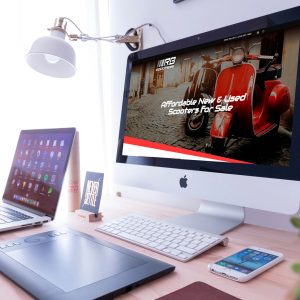
Who is buying the products or services you are selling? In all likelihood, it’s probably the same person. At least in general. While the ideal is for everybody to want what you offer, in reality, that’s not usually the case. There are very few products that have universal appeal.
Some people like Coke and others like Pepsi. Or Dr Pepper. Or Sprite. Each of those brands has determined what the characteristics are of the people who prefer their soda pop over all the others, then crafted a brand that appeals to exactly that type of person, tapping into a multi-billion dollar market. If you can do this with your business, you can open up a whole new world of opportunity.
Who Are You?
Before you can understand who your target customer is, you need to think about the image your company projects. Then you need to think about whether the branding you have created so far by chance is the optimal branding for the customers you want or who already are predisposed to preferring your products or services.
This is the magic key that opens up new markets for your business and can lead to your taking the next step in scale. If so far you have appealed only to people living near your store or office, learning about the most effective branding can take you nationwide, or even global.
Lytron Strategic
It’s hard to do this on your own. But Lytron Strategic helps small businesses just like yours discover their most effective branding every day. We collaborate with you to answer the question of what your customer looks like by determining how your business is perceived. Then we develop a plan to project exactly the image you want to bring those customers to your door or website.
You business appeals to a certain type of customer. Learn who that is and you can break through to the next level.






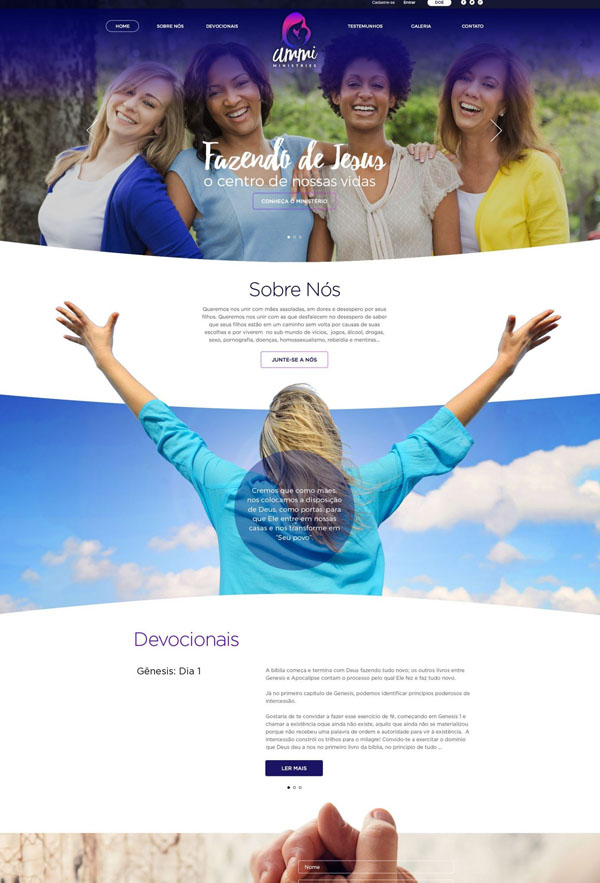
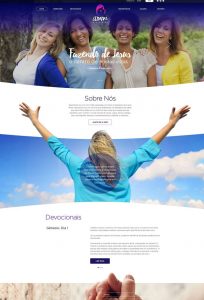


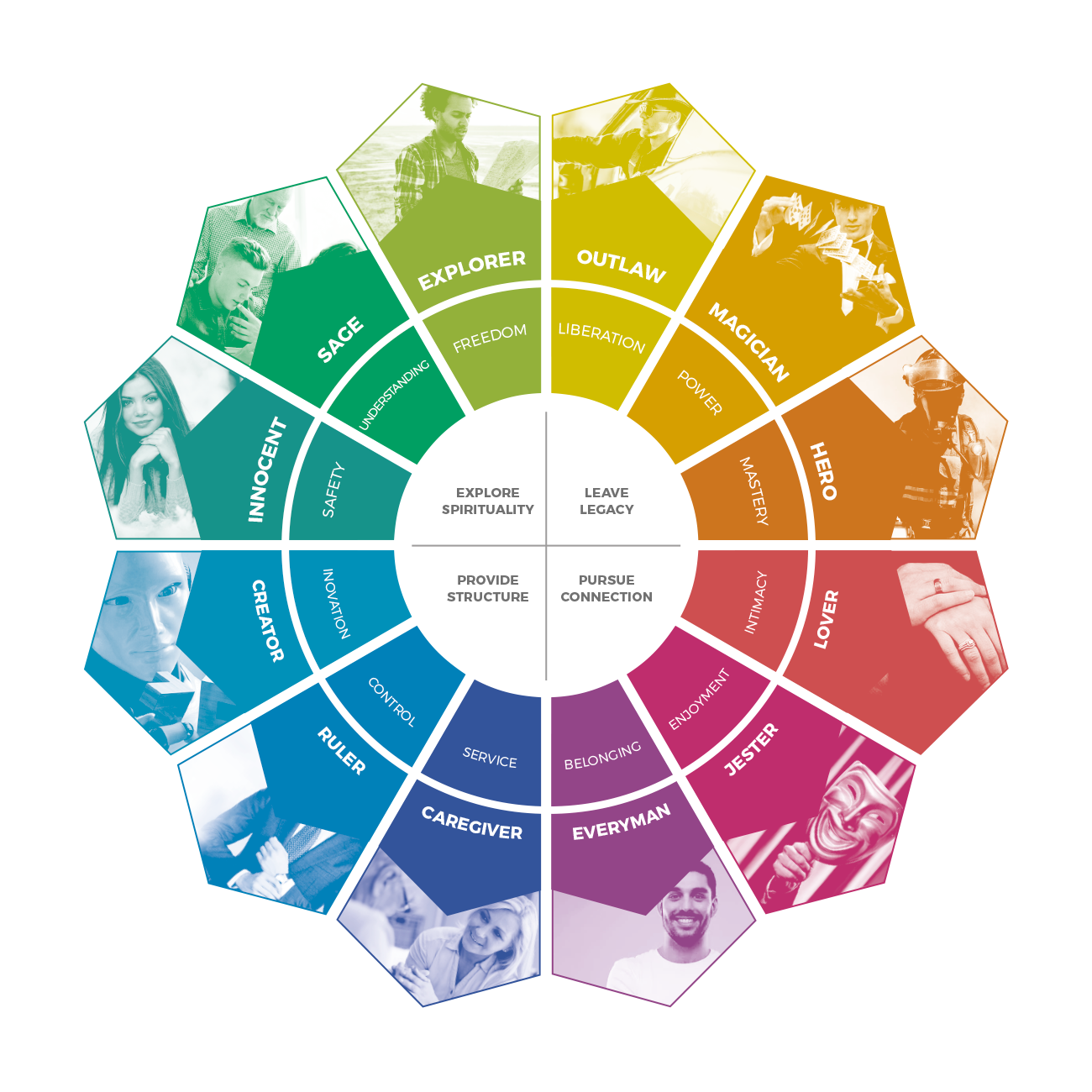
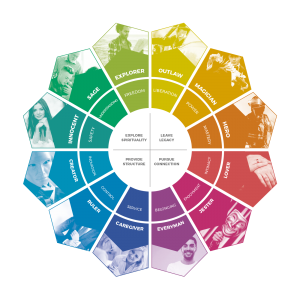





 If you own a small business in Pittsburgh, do you really want to devote your time and money to marketing to customers in San Francisco? Or Sydney, Australia? Or China? It all depends on what you are selling.
If you own a small business in Pittsburgh, do you really want to devote your time and money to marketing to customers in San Francisco? Or Sydney, Australia? Or China? It all depends on what you are selling.
